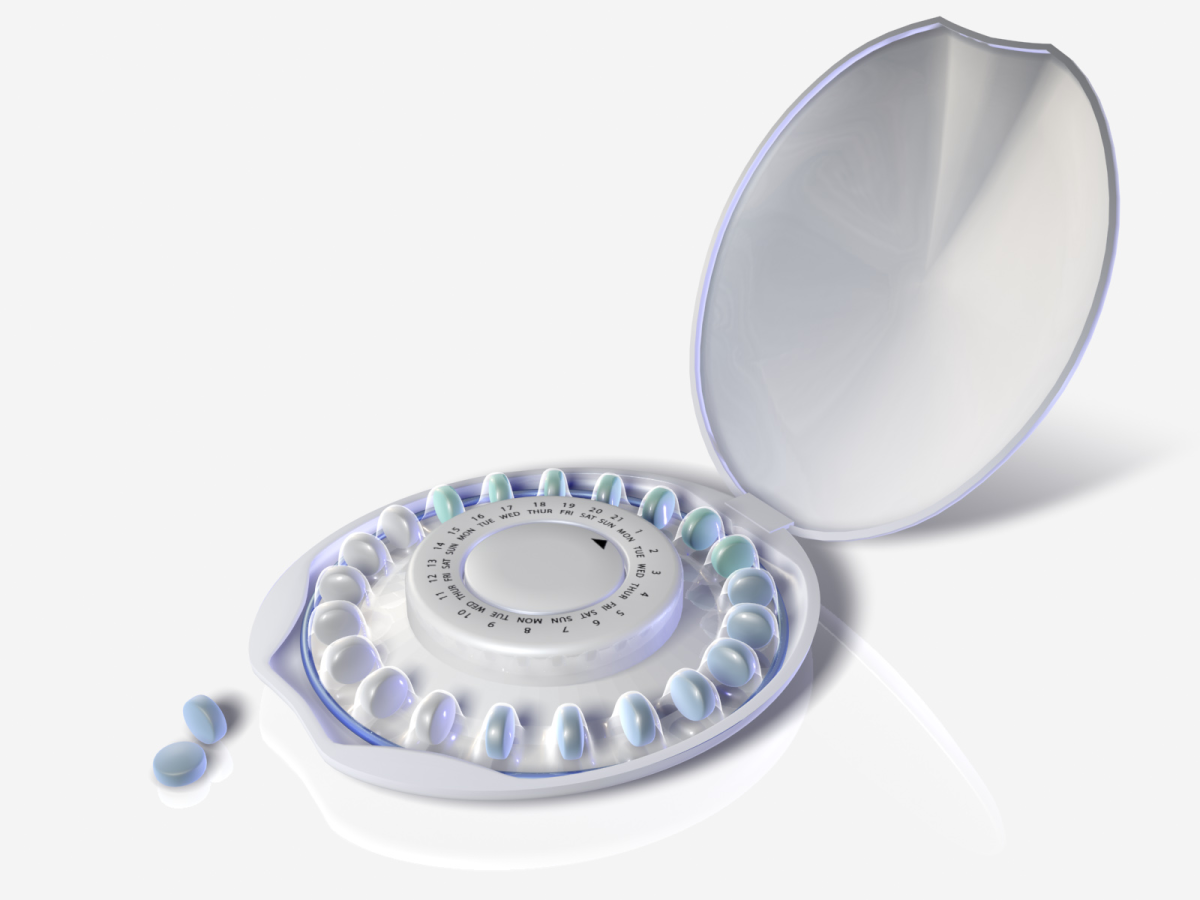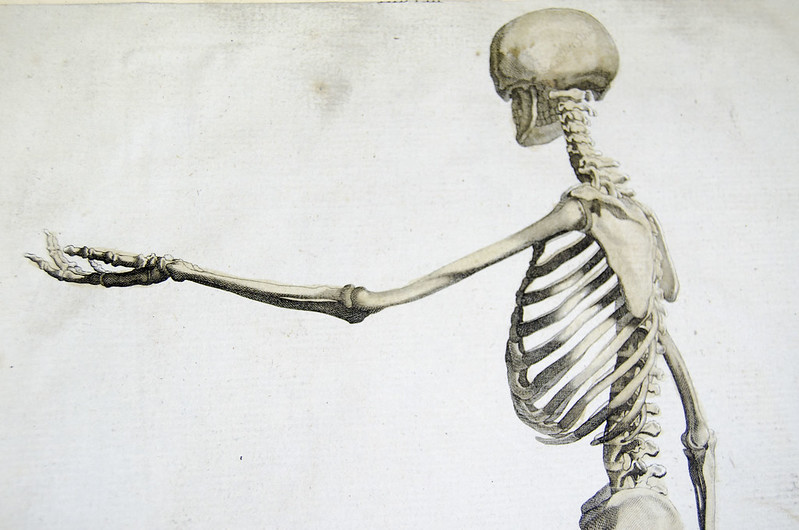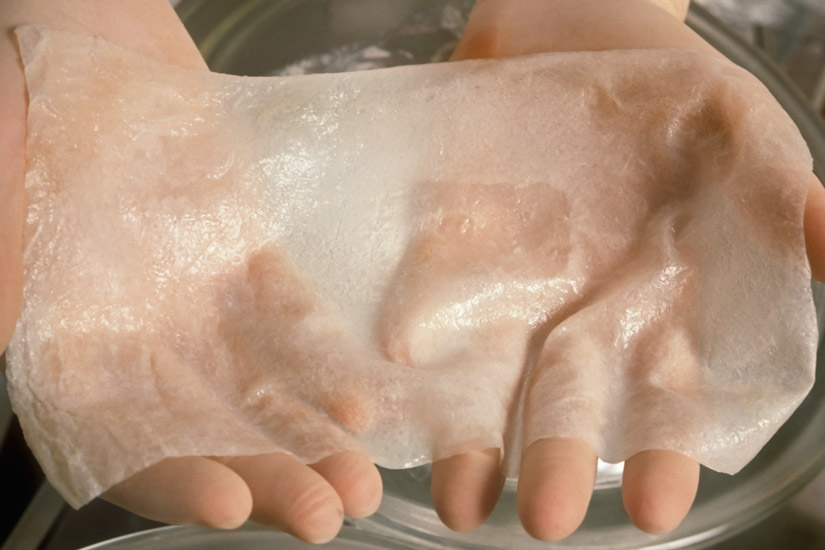Method of Growing Hand-Shaped Skin Developed by Bioengineers
February 5, 2023
Burn victims and the surgeons who operate on them have always had issues with skin grafting being difficult and the inability to have grafts personalized to the patient in question; yet, with new research and testing, bioengineers have developed a method of growing skin in the shape of individual hands. Since 1980, when skin grafts were first introduced, very few changes have been made to the process, making current techniques used by surgeons somewhat outdated given modern technology. The procedure involves the skin being delivered in flat portions, which are stitched together to reform the skin, a process that can be quite difficult for doctors working on uneven and curved pieces of hands and feet.
The new operation has been and continues to be, devised at Columbia University, and involved a series of studies, experiments, and steps including mice and 3D printers. First researchers needed a 3D laser to scan and model the anatomy that the skin was to be placed on, along with using the design to construct a hollow structure using a 3D printer. Following this, both connective tissues and the structural protein of collagen were grown by adding skin fibroblasts to the 3D scaffold. Along with the fibroblasts were keratinocytes, which are part of the epidermis (outermost skin level), and a growth media inside of the model to help the graft grow. While this is similar to the original process of skin growth, the 3D-printed structure was new to scientists. Thus, newly synthesized human skin was tested, in 3D, on the back legs of mice with only about 10 minutes total of surgery. After a month, the skin had fused with the mice’s own, functioning quite similarly to normal skin, which was a promising sign.
As a result of this complex process, major benefits are predicted from 3D skin grafts. According to the lead of the program, Hasan Erbil Abaci, Ph.D., who is also the assistant professor of dermatology at Columbia’s Vagelos College of Physicians and Surgeons, “[Three-Dimensional skin constructs] would dramatically minimize the need for suturing, reduce the length of surgeries, and improve aesthetic outcomes.” Additionally, the specifics of the study concluded that, for patients, the skin would be more functional and mechanically useful than that of current piecemeal skin reconstruction. Not only is the graft stronger, but its composition and structure are more similar to that which is natural for humans, thus being a major upgrade for those injured by burns.
While clinical trials on humans will occur in the somewhat distant future, as human skin differs greatly from that of the test subject mice, there are some hopes for other applications of Columbia University’s new skin grafting process. Dr. Abaci has suggested a few ideas, including extending the study past limbs to also include face transplants, which would be more difficult yet possible. The synthesized skin would have to be amalgamated with the complex systems of muscle, cartilage, and bone of the face. He also thinks that it is possible that, using a 4×4 mm skin sample, scientists could culture cells, multiplying them so that patients could have custom-made skin that matches them directly. While these potentials are somewhat far off, there is hope for burn victims, as the research represents a major breakthrough in an aging process.




















































